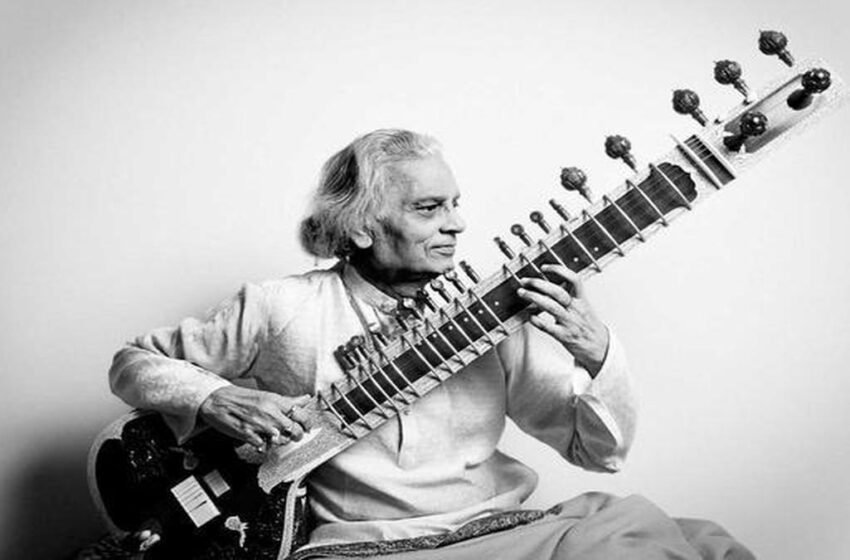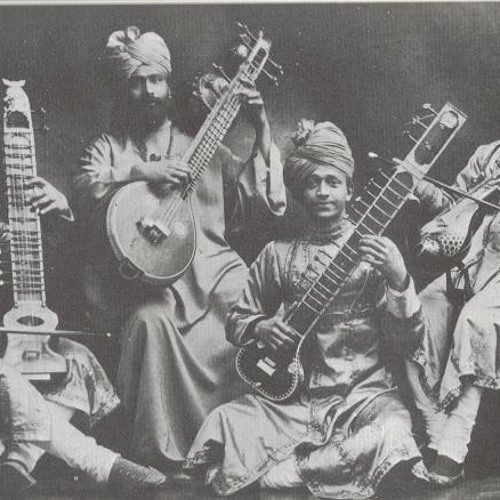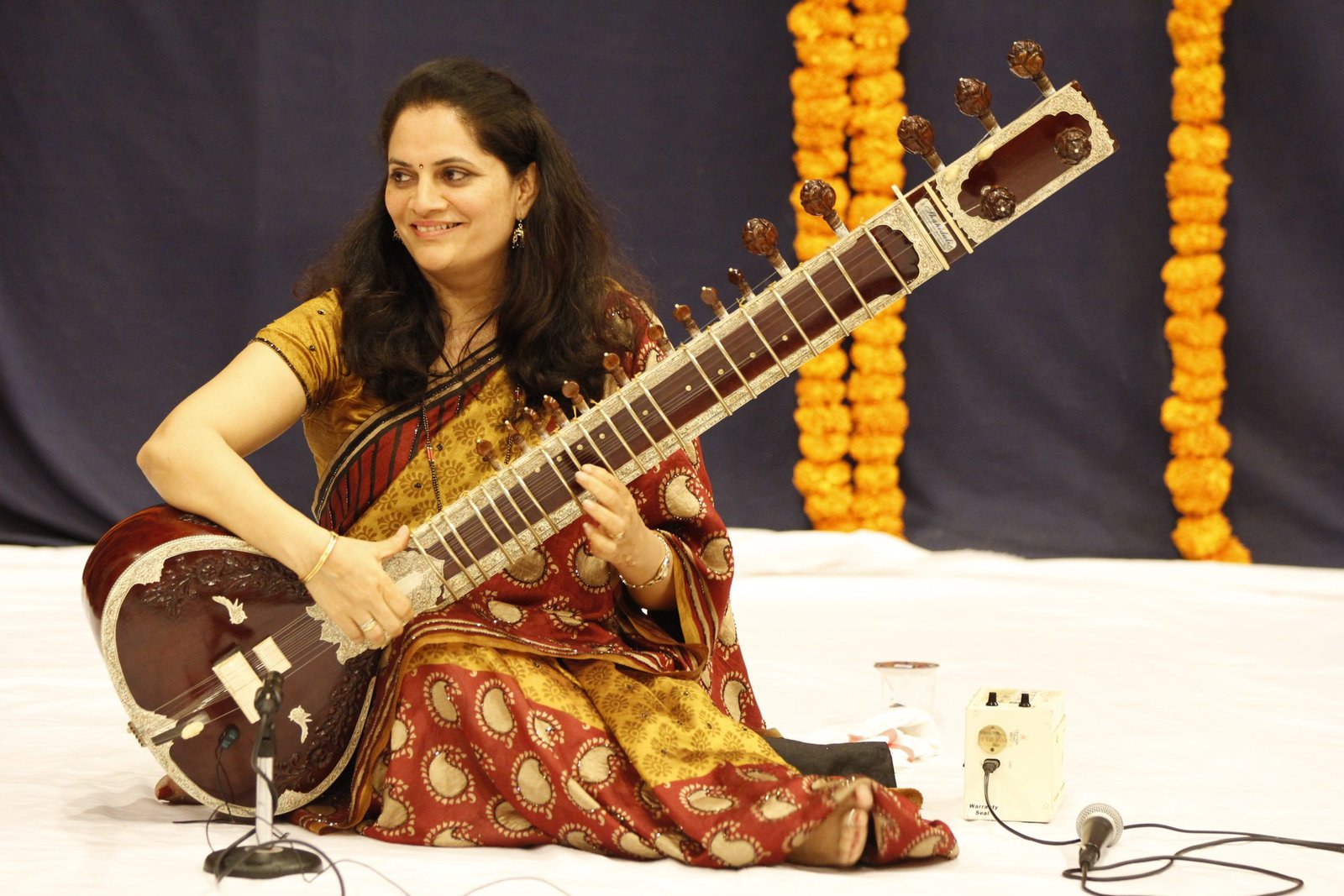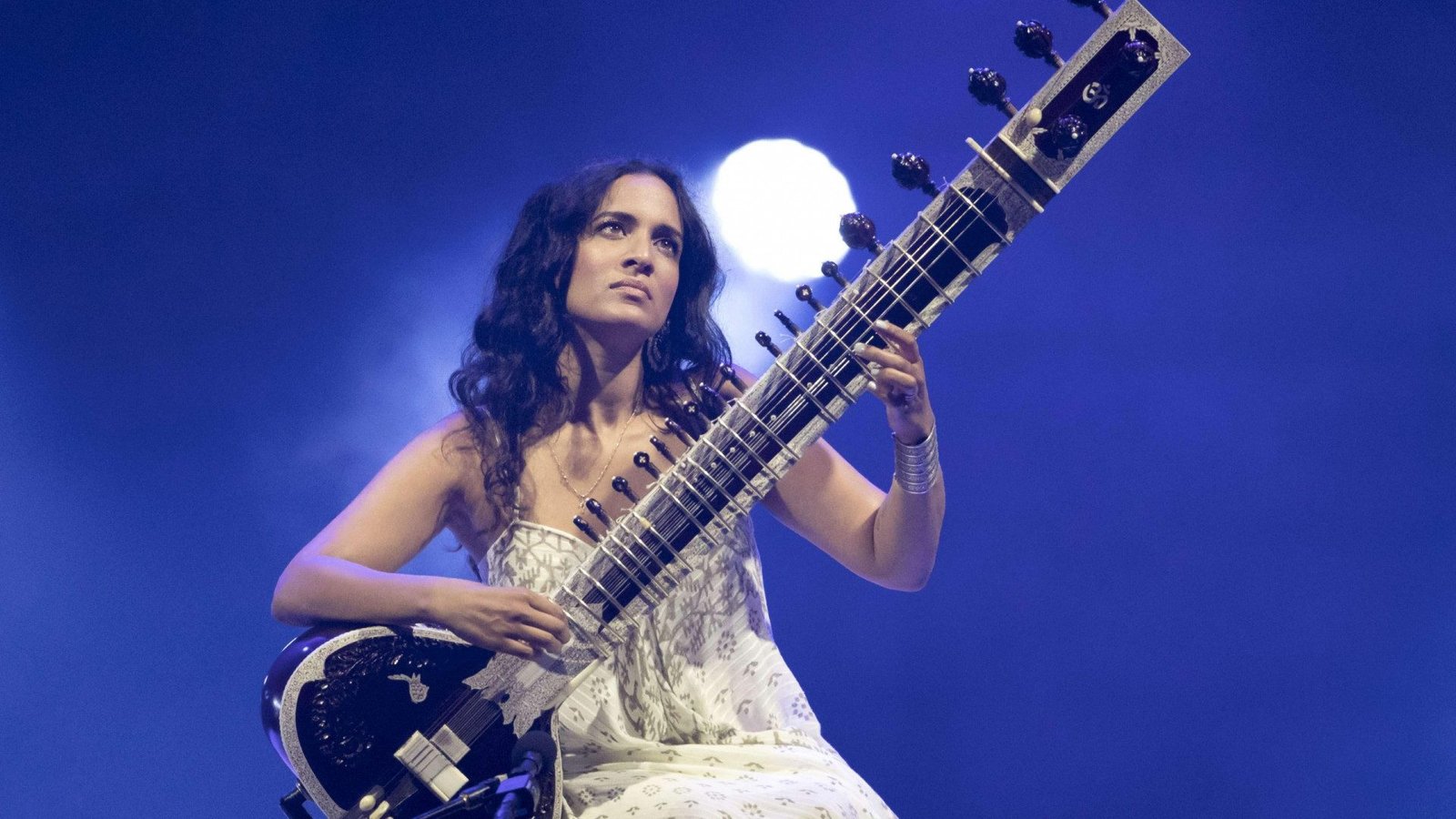“Exploring the Rich Tradition of the Sitar Gharana: A Journey Through its History and Legacy”

The Sitar Gharana is a highly revered musical tradition that originated in India and has been passed down through generations of musicians. It is known for its distinctive style of playing the sitar, a stringed instrument that is central to the tradition. The Sitar Gharana has produced some of the most renowned sitar players in the world, and its influence can be heard in many genres of music today.
In this blog, we will delve into the rich history and legacy of the Sitar Gharana. We will explore its origins, the key players who helped shape the tradition, and the unique techniques and styles that make it so distinctive. We will also examine its influence on other musical traditions and the ways in which it continues to evolve and thrive in the modern era.
Whether you are a seasoned musician, a music enthusiast, or simply curious about the world of music, join us on this journey through the world of the Sitar Gharana, and discover the beauty and complexity of this unique and fascinating musical tradition.

ORIGIN OF SITAR GHRANA
The Sitar Gharana has its roots in the Mughal court of India, where the sitar was introduced by Persian musicians in the 16th century. The instrument was gradually adopted and adapted by Indian musicians, who began to develop their own unique style of playing.
The first known master of the Sitar Gharana was Ustad Sahebdad Khan, who lived in the early 18th century. He was followed by his disciple, Ustad Inayat Khan, who is considered the father of the modern Sitar Gharana. Inayat Khan developed the distinctive playing style of the tradition, which emphasizes intricate finger work, melodic improvisation, and a deep understanding of the ragas (melodic frameworks) that form the basis of Indian classical music.

Over the years, the Sitar Gharana produced many great musicians, including Ustad Vilayat Khan, Ustad Ravi Shankar, and Ustad Shahid Parvez. Each of these masters contributed to the evolution of the tradition, incorporating new techniques and influences from other musical traditions.
Despite facing many challenges over the years, including the decline of the Mughal courts, the partition of India, and the rise of electronic music, the Sitar Gharana has persevered and remains an important and vibrant part of India’s musical heritage. Today, there are many young musicians who continue to study and perform the tradition, ensuring that it will continue to thrive for generations to come.

LEADER OF SITAR GHARANA
The Sitar Gharana has had many leaders over the years, each contributing to its evolution and development. Here are some of the most prominent leaders of the tradition:
- Ustad Inayat Khan – Considered the father of the modern Sitar Gharana, Ustad Inayat Khan was the first to develop the distinctive style of playing that characterizes the tradition. He was known for his virtuosic technique and deep understanding of Indian classical music.
- Ustad Vilayat Khan – One of the greatest sitar players of the 20th century, Ustad Vilayat Khan was a master of the Sitar Gharana. He was known for his dynamic playing style and innovative use of the sitar’s range and tonal colours.

- Ustad Ravi Shankar – Perhaps the most famous sitar player in the world, Ustad Ravi Shankar was a master of the Sitar Gharana and a pioneer in introducing Indian classical music to the West. He was known for his virtuosic technique, deep understanding of ragas, and collaborations with Western musicians.
- Ustad Shahid Parvez – Widely regarded as one of the greatest living sitar players, Ustad Shahid Parvez is a master of the Sitar Gharana. He is known for his innovative approach to the instrument, combining traditional techniques with new ideas and influences.
These leaders, along with many others, have helped to shape the Sitar Gharana and ensure its continued evolution and vitality. Their contributions have been essential in maintaining the rich heritage and legacy of this unique and beautiful musical tradition.

TYPES OF SITAR GHARANA
There are several different types or sub-styles of the Sitar Gharana, each with its own unique characteristics and techniques. Here are some of the most prominent types of Sitar Gharana:
- Imdadkhani Gharana – Also known as Etawah Gharana, this sub-style was founded by Ustad Imdad Khan, a disciple of Ustad Sahebdad Khan. It is known for its use of meend (glissando) and gamak (vibrato) techniques, which allow for highly expressive and nuanced playing.
- Vishnupur Gharana – This sub-style originated in the town of Vishnupur in West Bengal, and is characterized by its use of alapchari (slow and elaborate melodic improvisation) and jod (fast and rhythmic improvisation) techniques. It is known for its intricate and detailed playing style.

- Senia Gharana – This sub-style was founded by Ustad Ghulam Mohammad Khan, a disciple of Ustad Inayat Khan. It is known for its emphasis on the slow and steady development of a raga, and its use of meend and taan (fast and intricate runs of notes) techniques.
- Imdadkhani-Etawah Gharana – This is a fusion of the Imdadkhani and Etawah sub-styles, combining the expressive and nuanced playing of the former with the detailed and intricate playing of the latter. It was developed by Ustad Vilayat Khan, one of the greatest sitar players of the 20th century.
These are just a few examples of the many different types of sitar gharana. Each sub-style has its own unique techniques, approaches, and strengths, and together they form a rich and diverse musical tradition.

FEATURE OF SITAR GHARANA
The Sitar Gharana has several unique features that distinguish it from other styles of sitar playing and Indian classical music in general. Here are some of the key features of the Sitar Gharana:
- Emphasis on improvisation: The Sitar Gharana places a strong emphasis on improvisation, particularly in the development of a raga (melodic framework). Sitar players in this tradition are known for their ability to create intricate and expressive melodic phrases in real-time, responding to the mood and emotions of the moment.
- Use of glissando and vibrato techniques: The Sitar Gharana is known for its use of glissando (meend) and vibrato (gamak) techniques, which allow for highly expressive and nuanced playing. These techniques involve sliding between notes and adding subtle variations in pitch and tone, creating a rich and colourful sound.

- Mastery of intricate rhythms: Sitar players in the Sitar Gharana are known for their mastery of complex and intricate rhythms, including tala (rhythmic cycles) and laya (tempo). They are able to weave together intricate rhythmic patterns with melodic improvisation, creating a cohesive and dynamic performance.
- Deep understanding of ragas: The Sitar Gharana places a strong emphasis on the understanding and interpretation of ragas, which form the basis of Indian classical music. Sitar players in this tradition have a deep knowledge of the different ragas and their associated moods and emotions and are able to convey these through their playing.
- Innovative use of the sitar’s range and tonal colors: Sitar players in the Sitar Gharana are known for their innovative use of the instrument’s range and tonal colors, exploring the full potential of its unique sound. They are able to create a wide range of textures and moods, from delicate and meditative to lively and celebratory.

Overall, the Sitar Gharana is a rich and diverse musical tradition that emphasizes improvisation, expressiveness, and innovation. Its unique techniques and approaches have made it a beloved and respected style of sitar playing around the world.
FAMOUS ARTIST OF SITAR GHARANA
There has been many famous artists associated with the Sitar Gharana over the years, including some of the greatest sitar players in history. Here are just a few examples:
- Ustad Vilayat Khan – One of the most celebrated sitar players of the 20th century, Vilayat Khan was a master of the Imdadkhani Gharana and developed his own sub-style, the Imdadkhani-Etawah Gharana. He was known for his innovative approach to sitar playing and his ability to convey deep emotions through his music.
- Ustad Ravi Shankar – Perhaps the most famous sitar player of all time, Ravi Shankar was a master of the Maihar Gharana and was instrumental in popularizing Indian classical music in the West. He was known for his virtuosic playing, innovative compositions, and collaborations with artists from around the world.

- Ustad Shahid Parvez Khan – A disciple of Ustad Vilayat Khan, Shahid Parvez Khan is widely regarded as one of the greatest living sitar players. He is a master of the Imdadkhani Gharana and is known for his intricate and expressive playing style.
- Pandit Nikhil Banerjee – A disciple of Ustad Alauddin Khan, Nikhil Banerjee was a master of the Maihar Gharana and is widely considered to be one of the greatest sitar players of all time. He was known for his deep understanding of ragas and his ability to create complex and nuanced melodic improvisations.
- Ustad Abdul Halim Jaffer Khan – A master of the Vishnupur Gharana, Jaffer Khan was known for his innovative approach to sitar playing and his ability to combine traditional techniques with modern influences. He was one of the first sitar players to experiment with electronic amplification and fusion music.
These are just a few examples of the many famous artists associated with the Sitar Gharana. Each of these musicians has made significant contributions to the development and evolution of the style, and their music continues to inspire and influence sitar players around the world today.

CURRENT SCENARIO
The Sitar Gharana remains an important and vibrant tradition within the world of Indian classical music today. While it has faced some challenges in recent years, including a decline in interest among younger generations and a lack of government support for traditional music education, there are still many dedicated artists and fans working to keep the tradition alive.
One positive development in recent years has been the growing interest in Indian classical music around the world, particularly in the West. This has led to increased opportunities for Sitar Gharana artists to perform and collaborate with musicians from other genres and cultures, helping to bring their music to new audiences and create new opportunities for creativity and innovation.

Another important trend in the current scenario is the increasing use of digital technology to promote and preserve the Sitar Gharana and other traditional Indian music styles. Online platforms and social media have made it easier for artists to share their music with audiences around the world, and digital archives and libraries are helping to preserve and document the rich history and legacy of the tradition for future generations.
Overall, while there are certainly challenges facing the Sitar Gharana and Indian classical music more broadly, there are also many reasons for optimism and hope. As long as there are dedicated artists and fans working to keep the tradition alive and bring it to new audiences, the Sitar Gharana will continue to be an important and vibrant part of the world of music.

CONCLUSION
In conclusion, the Sitar Gharana is a rich and storied tradition within the world of Indian classical music, with a history dating back centuries. Over the years, it has produced some of the greatest sitar players in history, each of whom has made significant contributions to the development and evolution of the style.
While the Sitar Gharana has faced some challenges in recent years, including declining interest among younger generations and a lack of government support for traditional music education, there are still many dedicated artists and fans working to keep the tradition alive.

While the Sitar Gharana has faced some challenges in recent years, including declining interest among younger generations and a lack of government support for traditional music education, there are still many dedicated artists and fans working to keep the tradition alive.


